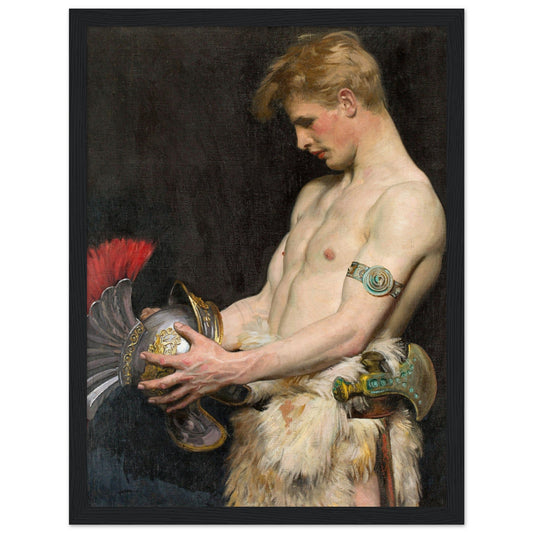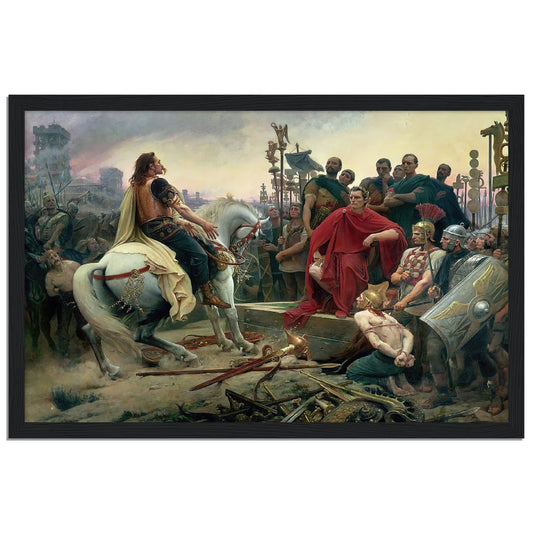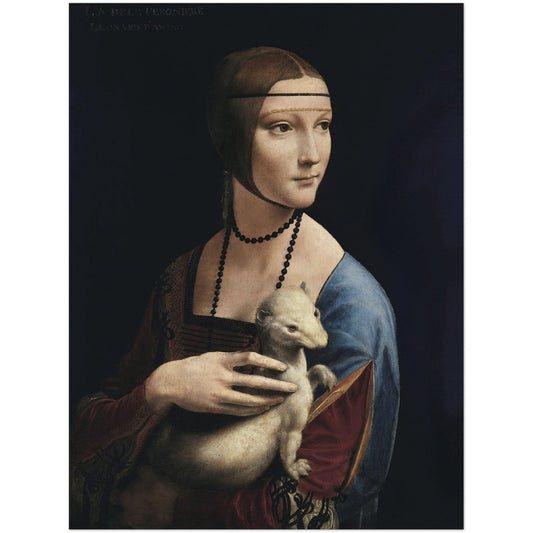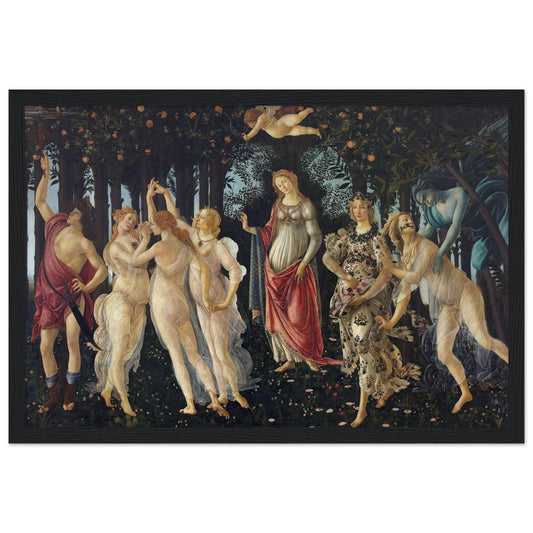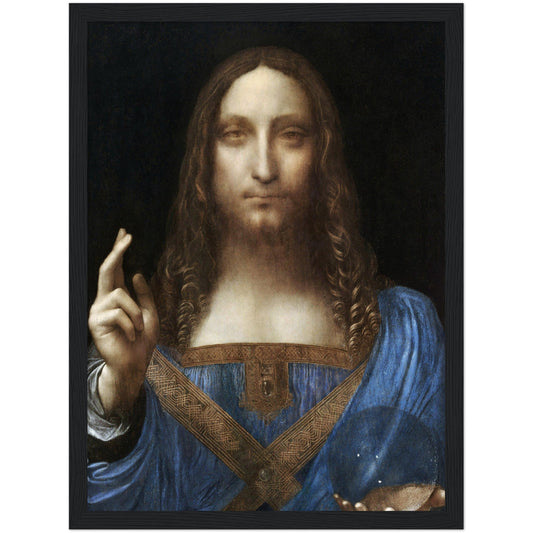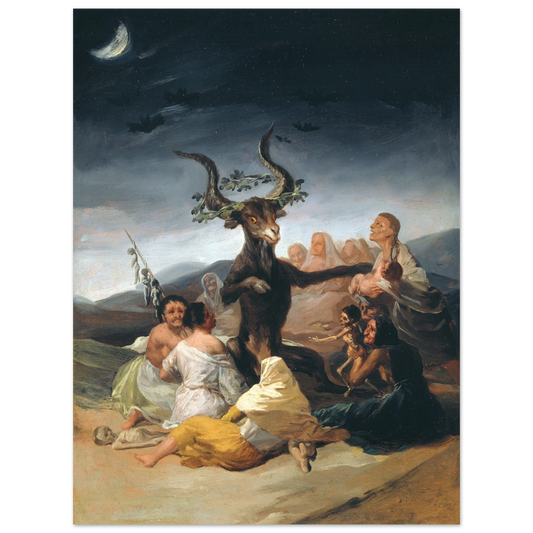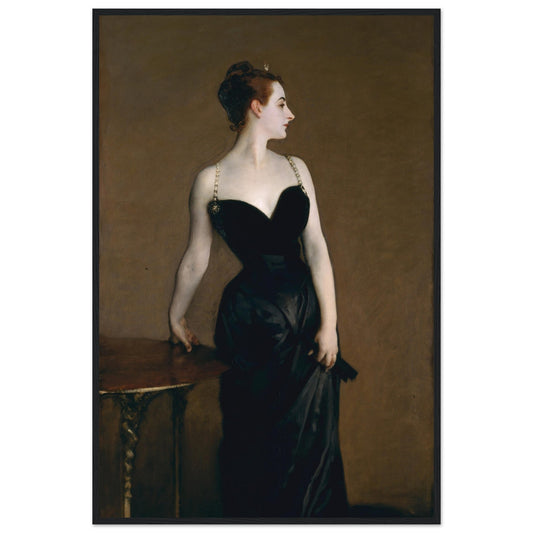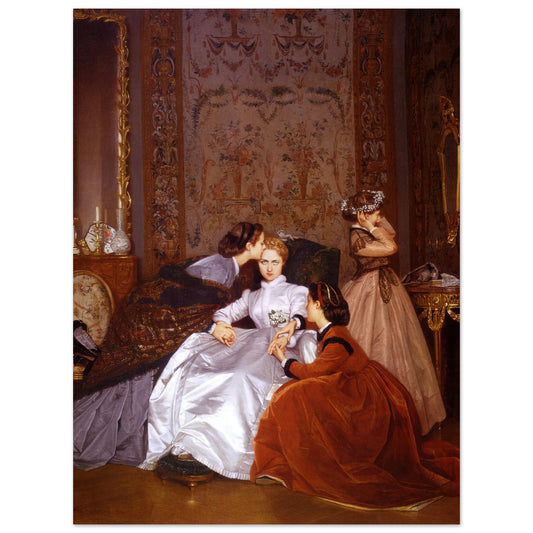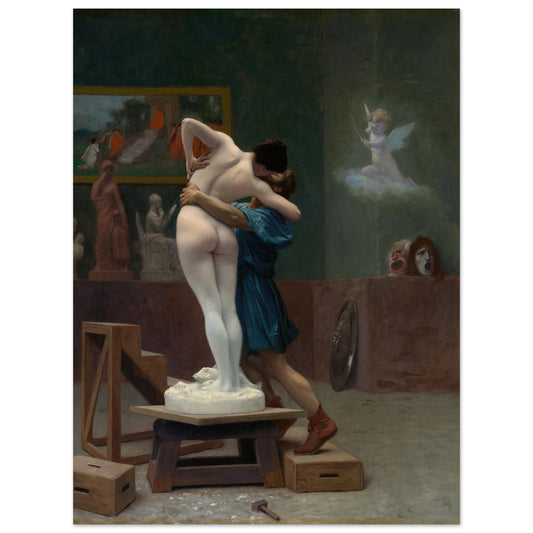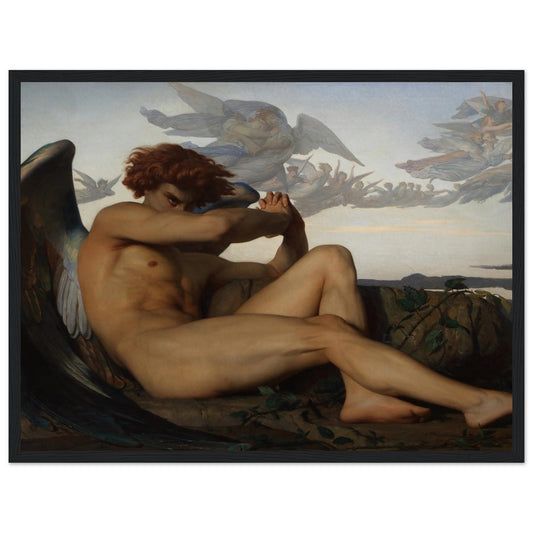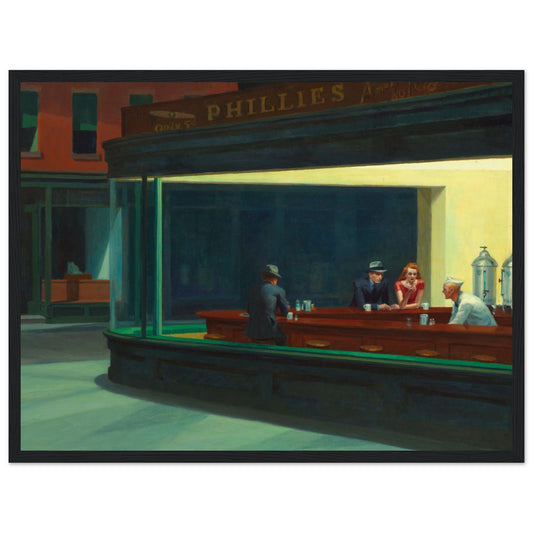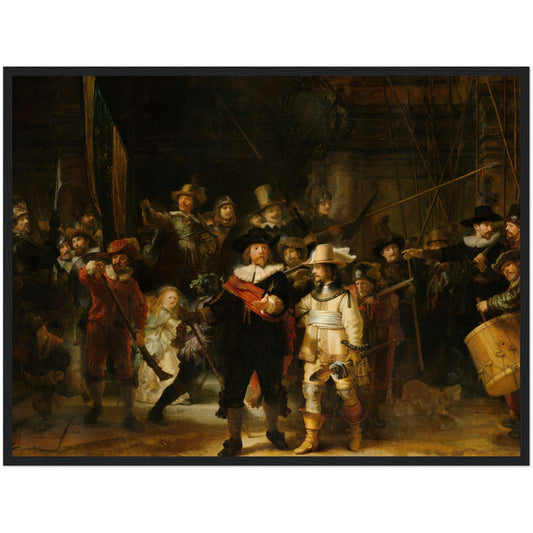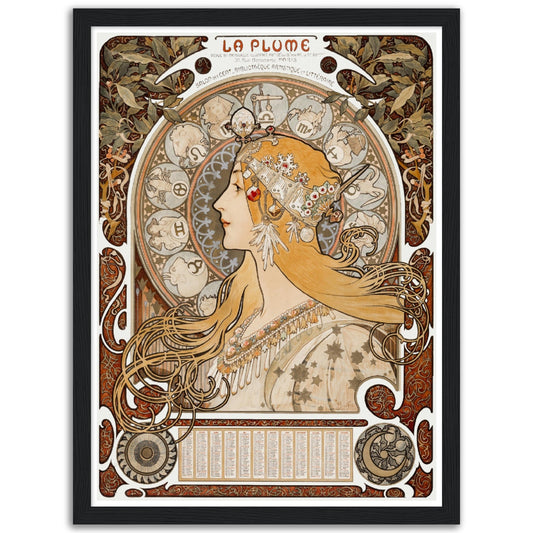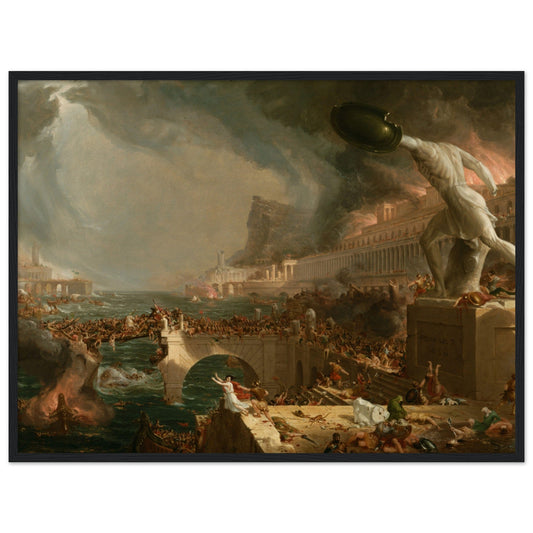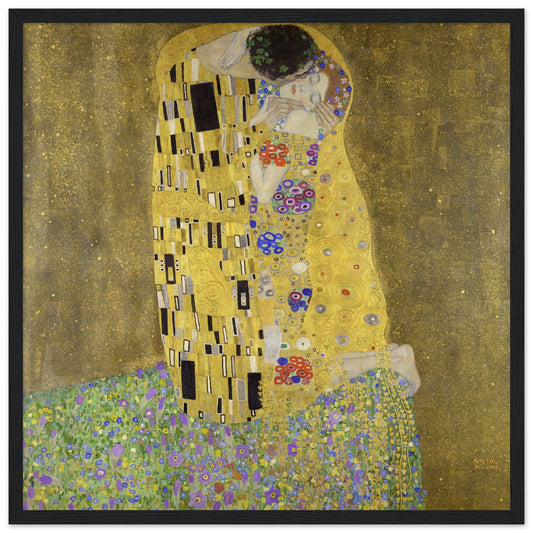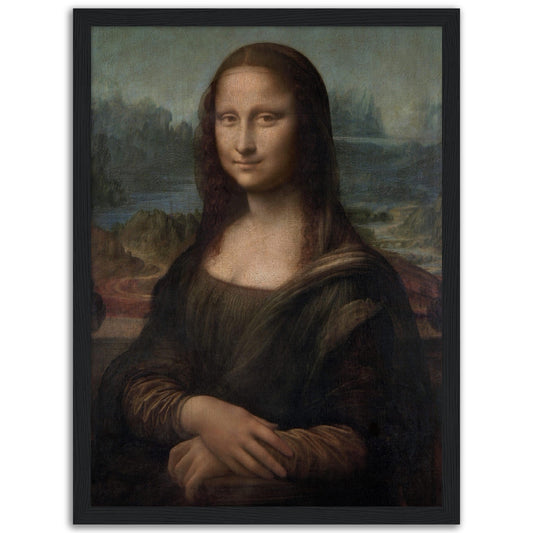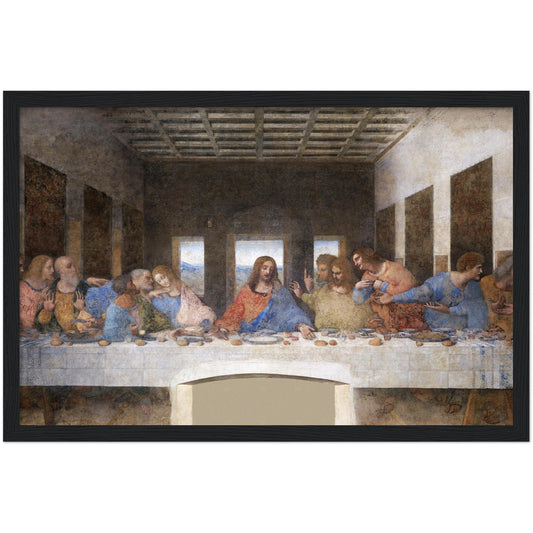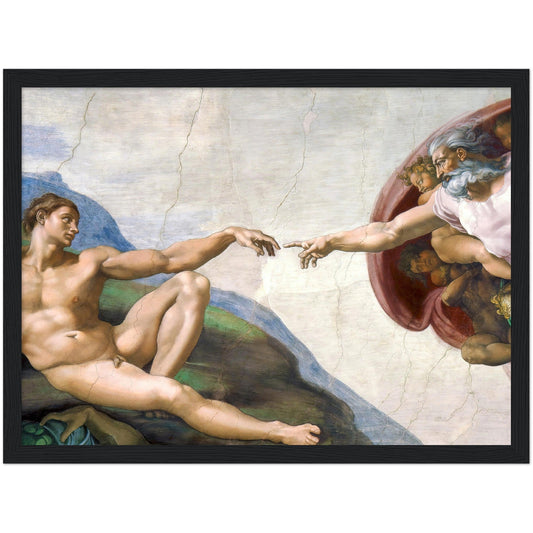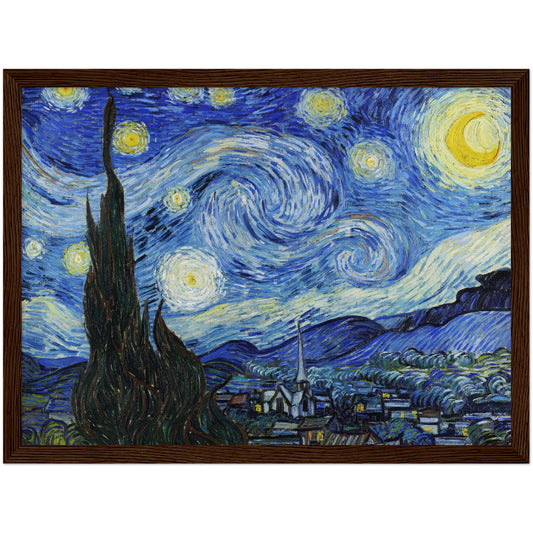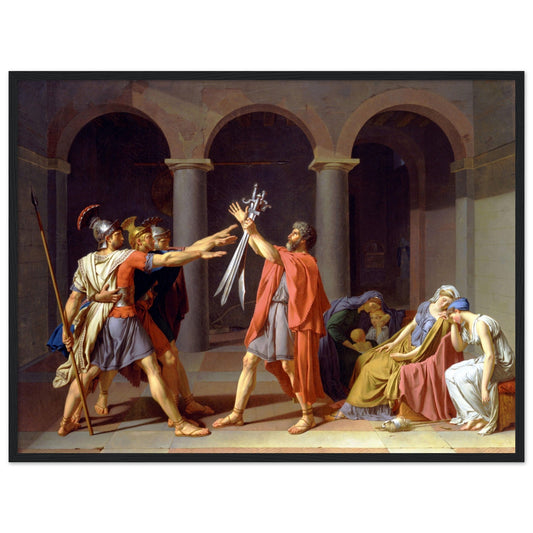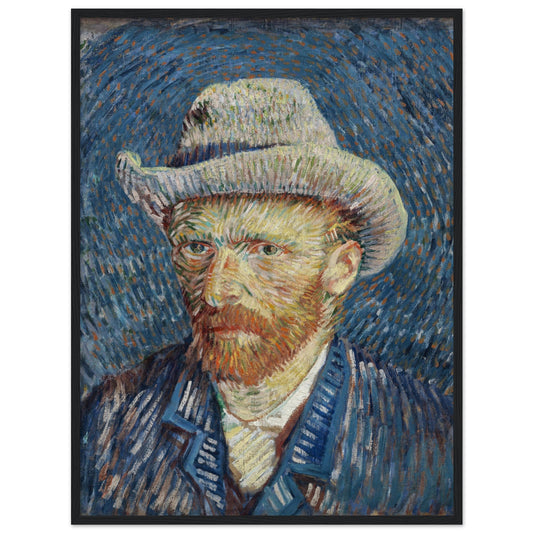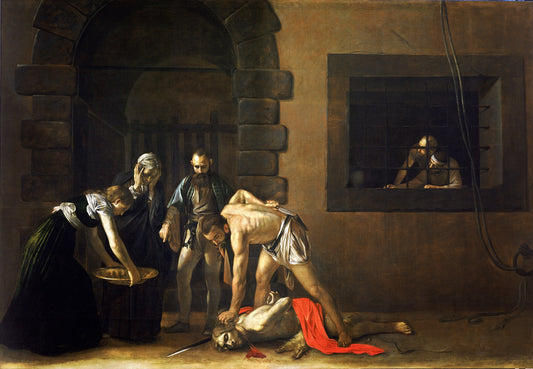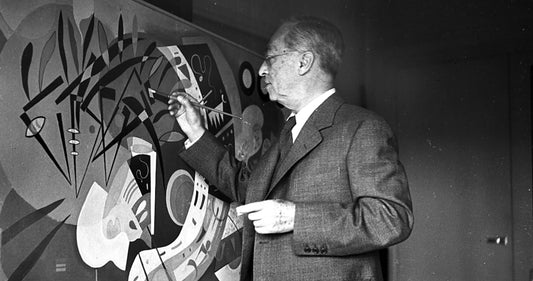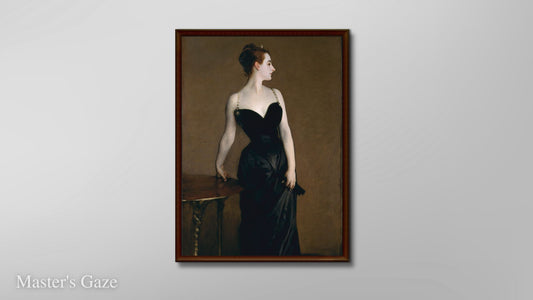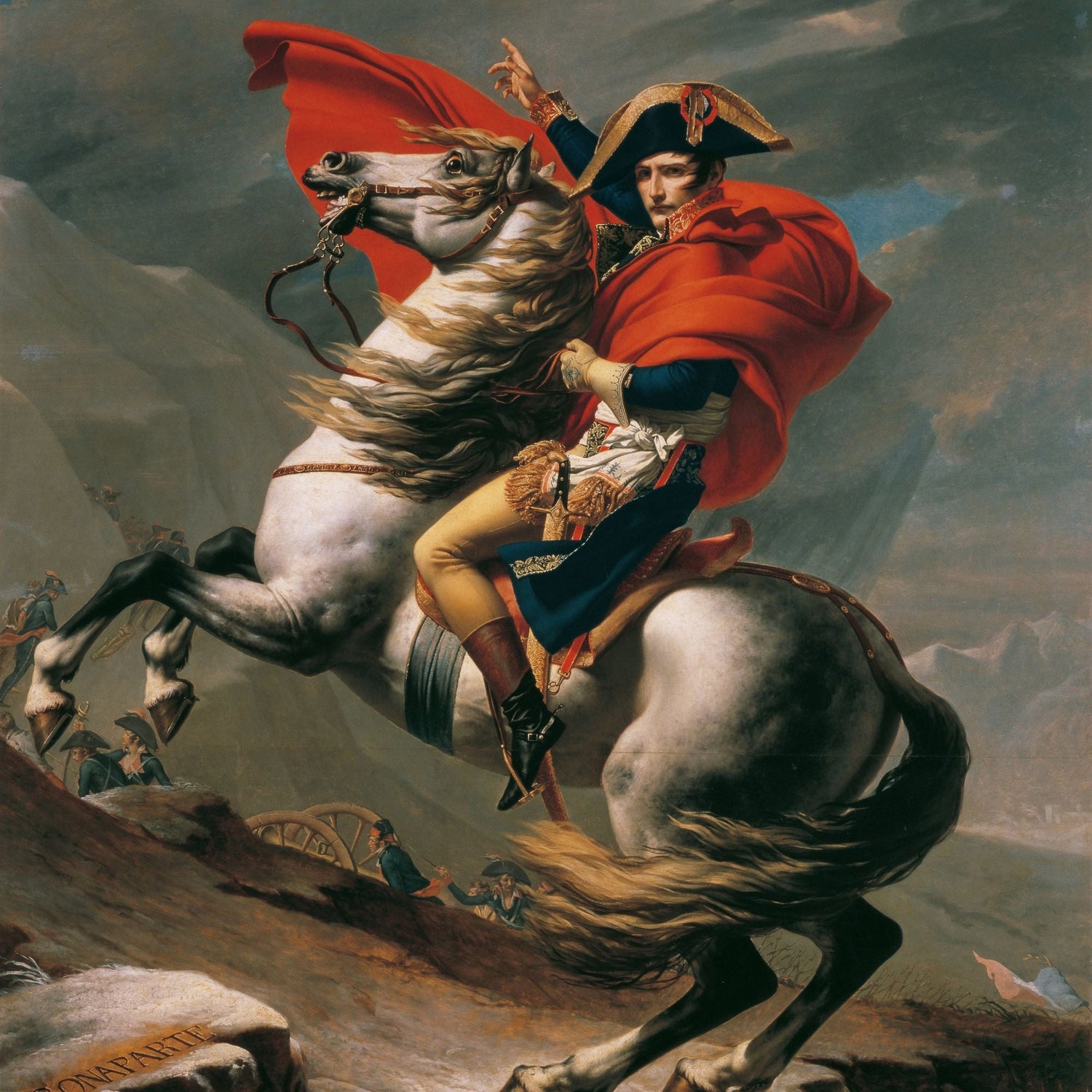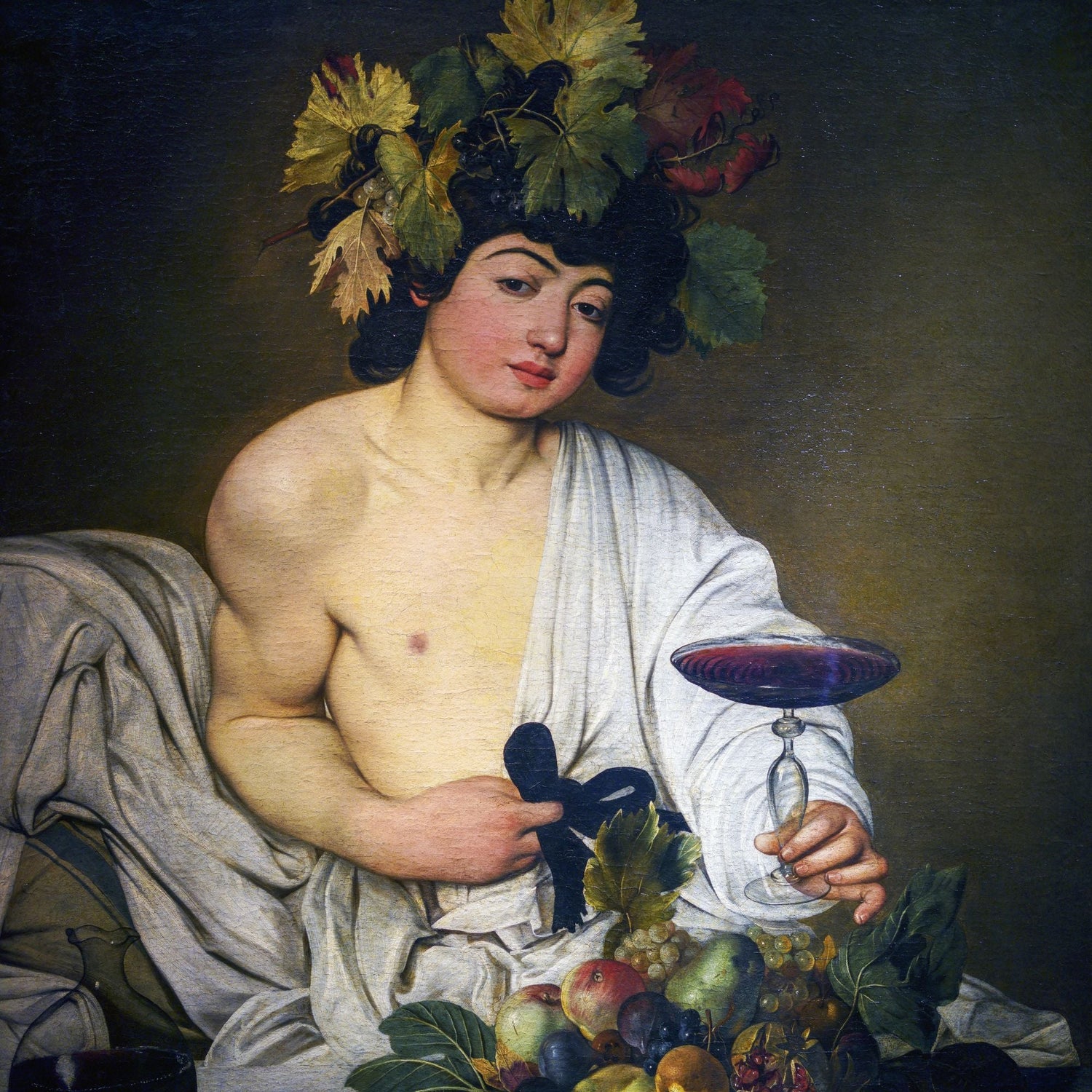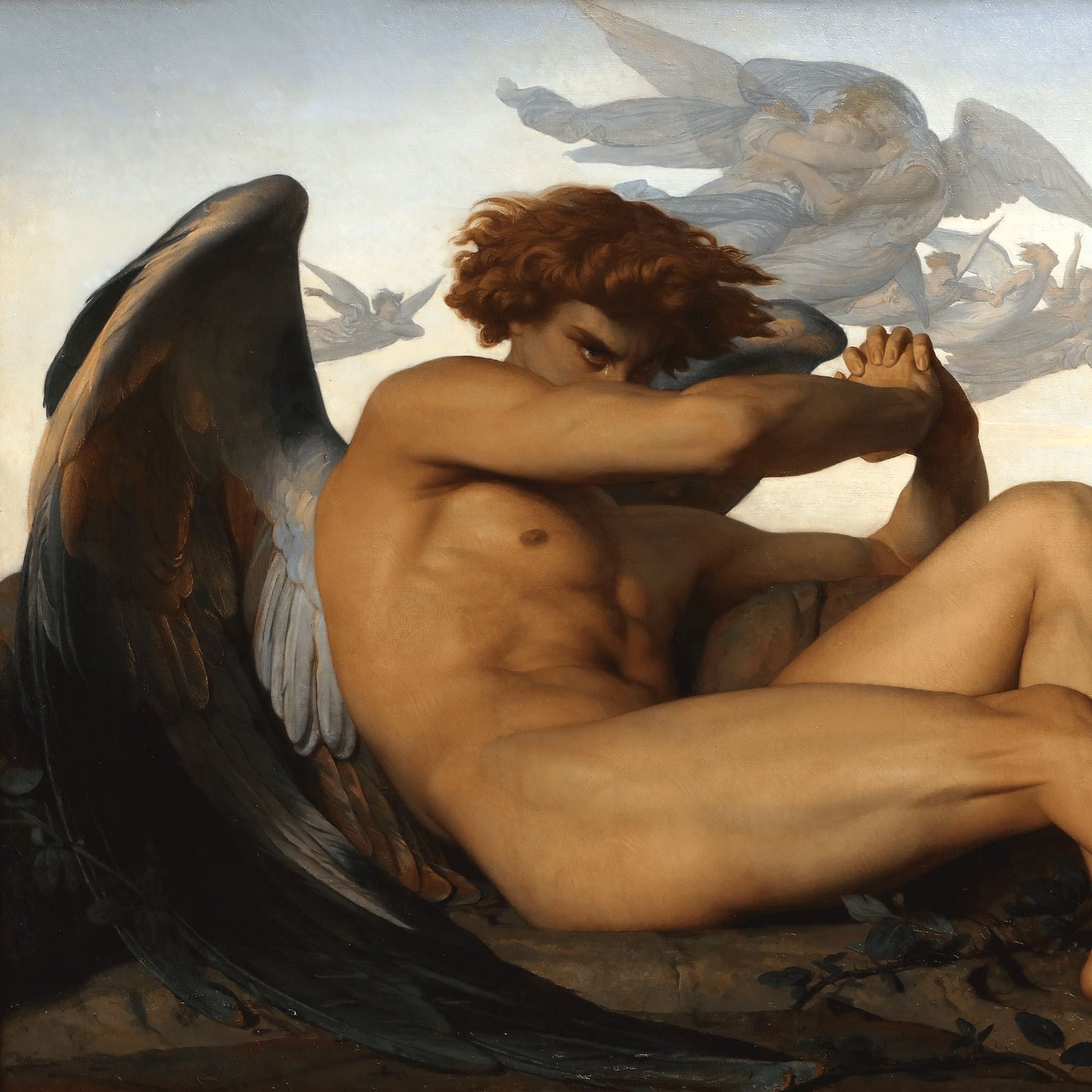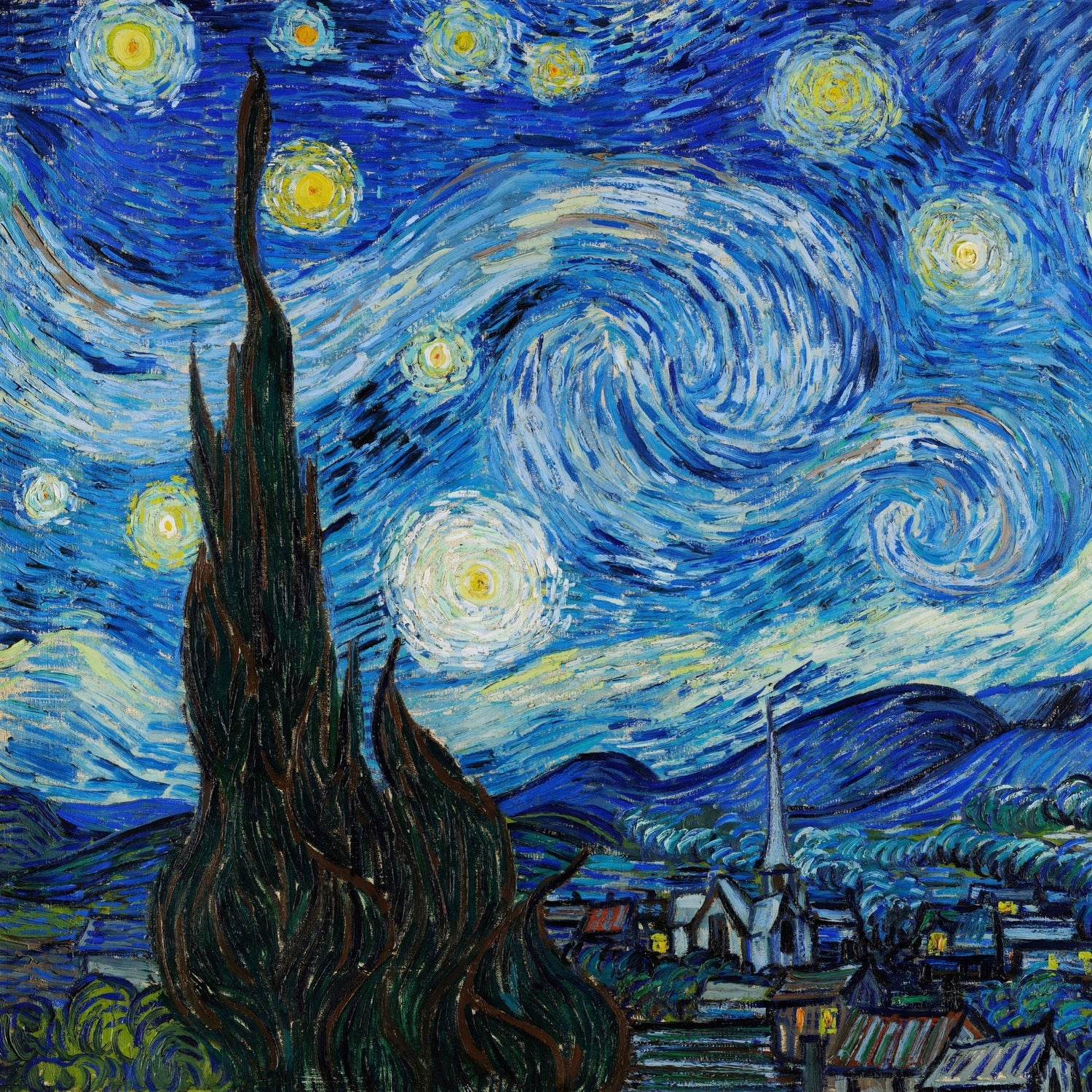We've all heard of the classics like Michelangelo's David and the timeless Venus de Milo.
But today, let's embark on a journey beyond the well-trodden path of art history.
Forget what you think you know because these artistic marvels are about to redefine your perception of beauty. Are you ready to discover the unsung heroes of sculpture?
I'm here to introduce you to five hidden gems, the most stunning statues that have graced our world – each with a captivating tale of its own.
Watch here the full video:
1 - The Rape of Proserpina
The Rape of Proserpina is based on the Latin myth of Proserpina, the daughter of Jupiter and Ceres, the Roman goddess of agriculture.
In the myth, Pluto erupts from the ground and forces Proserpina down into the underworld with him. Ceres dried the earth and caused harvests to fail, prompting Jupiter to negotiate a deal: Pluto and Ceres would each have Proserpina for half the year. The myth symbolizes the changing of the seasons: when Proserpina is with Pluto, nature dies and winter begins; when she resides with Ceres, the earth is spring.
Bernini produced this work when he was only 23 years old.
At first glance, your eyes are arrested by the intense drama unfolding in marble. The sculpture captures the mythical moment of Pluto, the god of the Underworld, forcefully abducting the beautiful Proserpina. The sheer dynamism of the composition is spellbinding – the viewer is caught in the tumultuous movement of bodies, frozen in a perpetual struggle between captor and captive.

Take a closer look at Proserpina's flesh, seemingly yielding to the pressure of Pluto's fingers, and the intricate folds of her drapery caught in the throes of movement. The texture of Pluto's skin, the sinews in his muscled form, and the ethereal cascade of Proserpina's hair – every nuance is sculpted with a precision that blurs the line between reality and art.
2 - Portonaccio Sarcophagus
The Portonaccio sarcophagus is a 2nd-century ancient Roman sarcophagus found in the Portonaccio section of Rome. Dating to around 180 AD, the sarcophagus was likely used to bury a Roman general killed in the 172–175 AD German-Sarmatic campaign of Marcus Aurelius during the Marcomannic Wars.
The chest is very high, with all the front covered in high reliefs of combat between Romans and barbarians. The complex battle is divided into four sections: two above with Roman cavalry, one with Roman infantry, and the last and lowest with the overwhelmed barbarians. At the center, forceful lines converge on the one figure, the cavalry general charging and who does not have a carved face.
The sarcophagus representations don't exhibit any sympathy for the conquered peoples—they are represented as coarse and despicable, crushed under the superior Romans.

This sarcophagus transcends its function as a burial container, emerging as a visual encyclopedia of Roman life. It's a testament to the Romans' commitment to preserving their stories in enduring stone, ensuring that even in death, the departed would be surrounded by the eternal tales that shaped their world.
3 - Apollo and Daphne
Apollo and Daphne is a sculpture by the Italian artist Gian Lorenzo Bernini, which was executed between 1622 and 1625. The beauty of this work is in the details of the thin leaves, which seem real and not derived from a block of marble.
The sculpture depicts the climax of the story of Apollo and Daphne.
When Apollo, fated by Cupid's love-exciting arrow, sees Daphne, he is filled with wonder at her beauty and consumed by desire. But Daphne denies the love of men. As the Nymph flees he relentlessly chases her—boasting, pleading, and promising everything.
When her strength is finally spent she prays to her father Peneus:
"Destroy the beauty that has injured me, or change the body that destroys my life." Before her prayer was ended, torpor seized on all her body, and a thin bark closed around her gentle bosom, and her hair became as moving leaves; her arms were changed to waving branches, and her active feet as clinging roots were fastened to the ground—her face was hidden with encircling leaves.

Yet Apollo lost none of his passion for Daphne
"Since you cannot be my bride, you must be my tree! Laurel, with you my hair will be wreathed, my lyre, with you my quiver."
In this timeless masterpiece, Bernini captures the intersection of love and loss, desire and transformation.
4 - The Veiled Truth and Release from Deception
The Veiled Truth by Antonio Corradini is a sculpture completed in 1752 during the Rococo period. His mastery of the medium of marble is seen in the increasingly skilled representation of seemingly weightless cloth over human flesh.
The Veiled Truth is positioned on a pedestal in the Saint Severus chapel, in Naples. The client wanted this commemoration to depict his mother's untimely death when he was not even a year old.
The figure is in a contrapposto stance, having her weight on one foot more than the other. This pose gives her human-like qualities and a motion as if she is in the middle of an action. The way her classical drapery falls on her body also shows this movement.

Her face is turned away from the viewer, shielding her eyes with the transparent veil. Her stance is inviting; however, her face is telling a different story. The veil seems heavy but also see-through. It falls just so over her chest to accentuate her breasts, but also covers her pubic area so that it is not overtly sexual. She is exposed yet metaphorically shielded by the drapery. Her supple body is fluid, a smooth and perfect human. These idealized qualities lead to a feeling that she is a divine woman and not of this world.
It is important to show another work, present in this chapel, you will understand why I include it in this ranking.
"Release from Deception" shows a fisherman being released from a net by an angel. Though, at first glance, this structure appears to be composed of intertwined rope, a closer look reveals that the open-mesh material is made entirely from a single block of marble.
It reportedly took Queirolo seven years to fabricate this marble net, which he crafted without a workshop, apprentice, or other form of external assistance. The Sansevero Chapel Museum notes that this is because even the most specialized sculptors “refused to touch the delicate net in case it broke into pieces in their hands.”

The net symbolizes sin. As the angel sets the man free, he rids him of his wrongdoings and introduces him to the Bible, which rests at his feet. In order to emphasize the idea of liberation, Queirolo adorned the open pages of the book with a Latin passage that reads: “I will break thy chain, the chain of the darkness and long night of which thou art a slave so that thou might not be condemned with this world.”
5 - Moses by Michelangelo
Moses is a sculpture by the Italian High Renaissance artist Michelangelo, realized in 1505 by Pope Julius II for his tomb it depicts the biblical figure, Moses.
Although the composition is extraordinary, there is something even more incredible about this work that proves that Michelangelo was an absolute genius.
The artist first sculpted this work when he was 40 years old. It was very different from how we see it today. The statue appeared static and austere, with its head towards the viewer and its legs straight.
About 25 years later, Michelangelo decided to make the figure more dynamic. He decided to resculpt it, not from another block of marble, but from the sculpture he had already made.

Michelangelo would have turned the head of his Moses, obtaining the nose from his left cheek, accompanying it with a dynamic twist of the whole body.
There is a lot to say about this statue, if you want to know more, write a comment and I will make an ad hoc video on this topic.


